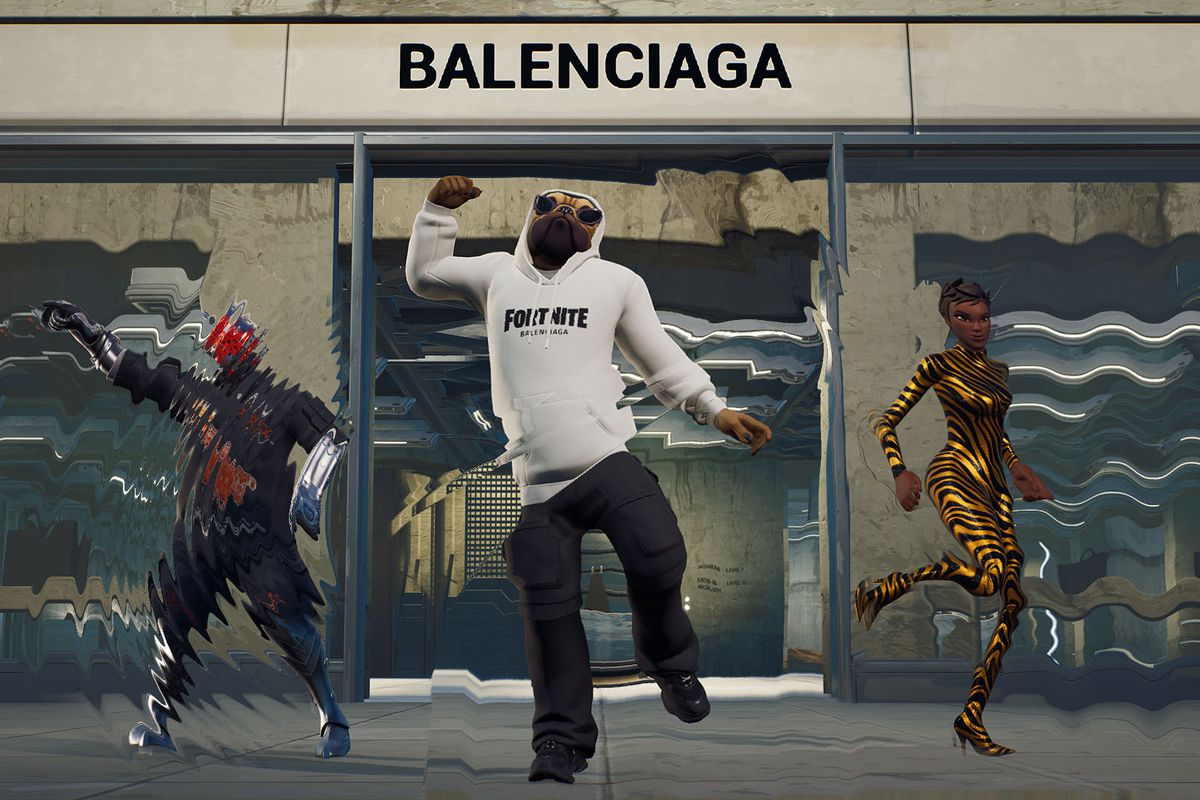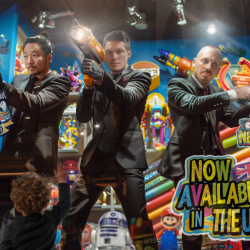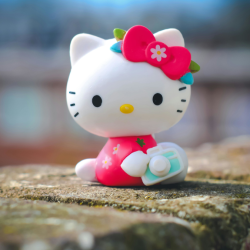A term first coined by author Neal Stephenson in the 1992 science-fiction novel Snow Crash, the metaverse is a concept brought to life by the new era of the web.

To give you an idea of its potential scale: Citi predicts the metaverse economy could be worth a staggering $13 trillion by 2030, with the potential to generate $8.3 trillion total consumer expenditure in the US alone, according to Morgan Stanley.
The metaverse presents us all with new means of connection and experience, with virtual influencers and avatars an integral part.
Virtual influencers — is there appetite for them?
When it comes to social media, the reality we choose to project is very rarely human, and this partially fabricated reality is exactly what the virtual influencer industry taps into. Virtual influencers are defined as digital, computer-generated characters with realistic personalities, characteristics, and features defined by a first-person view of the world.
These virtual personas transition seamlessly across platforms, meaning they can show up anywhere and remain recognisable — a win for brands working on cross-platform strategies. These digital personas are able to share their unique take on the world around them in a way that feels completely authentic.
While the idea of a virtual personality holding influence is nothing new, consumers have been quick to adopt them as metaverse momentum has picked up. For brands looking to experiment with new metaverse technologies, virtual influencers can be a fantastic first foray.
Billion Dollar Boy’s recent whitepaper, ‘Creator marketing in the metaverse era’, found consumer appetite for virtual influencers is high — especially among younger generations. According to the research, 50% of UK consumers between 16-24 years old have come across a virtual influencer on social media, with 47% admitting to following one.
Virtual avatars: be who you want to be
The metaverse champions self-expression and embracing identity. It holds space for you to be anyone you want to be, without question. Virtual avatars are nothing new, though. With the introduction of the social revolution came an overhaul in the virtual avatar stakes — you only have to look back at Snapchat’s Bitmojis to see.
As we enter this new era of the internet, virtual avatars have hooked consumer interest, notably across pre-existing social media platforms. TikTok has announced its own avatars which can be video-recorded, and Meta has opened a dedicated store, partnering with major fashion brands to kit out users’ avatars.
However, like any innovative avenue and new offering, potential can be exploited for negative gain. There are rising concerns regarding safety within the metaverse — remember, it’s still being built, so it’s imperative that its foundations are constructed to ensure a safe experience for all using it.
Opportunities and next steps for brands
If brands are concerned whether partnerships with virtual influencers affect purchase intent, they need not be. There are promising signs that consumers nationwide are willing to purchase products promoted by virtual influencers. BDB’s research demonstrates 26% of UK consumers admitted they would buy a product or service promoted by a virtual influencer.
This presents an opportunity for UK brands. A large proportion of pre-existing virtual talent has been created in the US. However, a greater proportion of UK 16-35 year olds follow virtual influencers compared to their US equivalents. If interest is already prevalent in the US, there is potential for brands and creators to develop the highest-quality virtual British talent — engaging consumers and hitting campaign objectives.
When it comes to virtual avatars, the sky’s the limit. Brands in the fashion and beauty spheres particularly have been given an opportunity to innovate and connect with untapped communities. For many metaverse pioneers, customising their avatar is a way to reflect their real-life identity. For some, it’s a way to self-express and play around with outfits they might not wear in real life — for others, it’s a virtual catwalk.

Virtual fashion also allows brands and designers to bring unprecedented concepts to life. For example, Balenciaga’s Fortnite skins (above) release has led to the creation of real-world products following the popularity of their virtual counterparts.
Potential for brands in the metaverse is huge. New technologies spark innovative means of connection with audiences: home-grown UK virtual influencers, personas who transition seamlessly across platforms, and endless possibilities to serve virtual avatars and self-expression.
But we must ensure fair opportunities for all. For widespread adoption and brand success, everyone must have the chance to journey where they haven’t journeyed before.
Featured image: Tiktok avatars





























